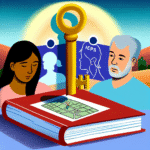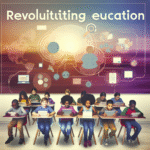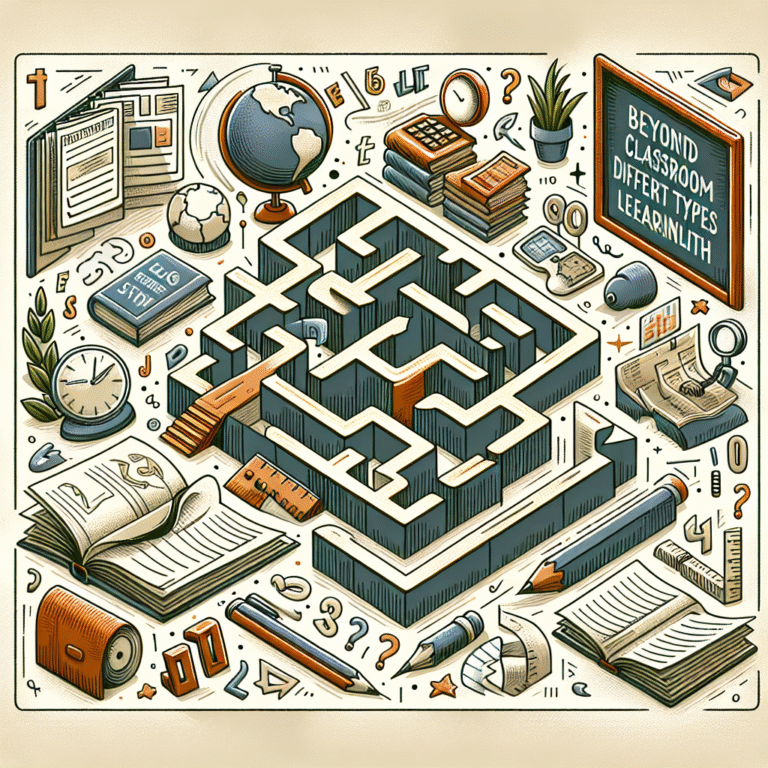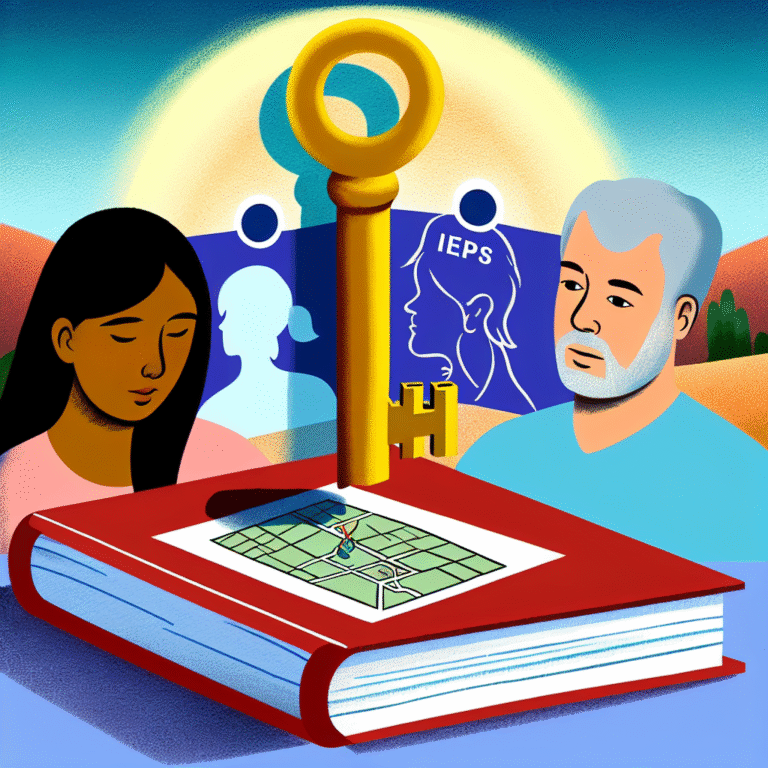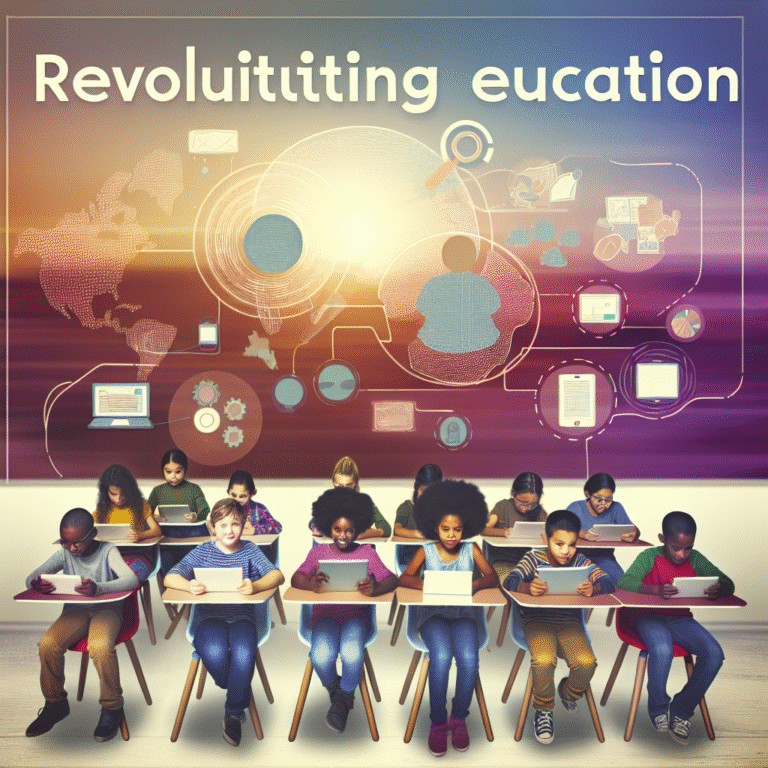
Beyond the Page: How Learning Disabilities Affect Reading Comprehension and Academic Success
Introduction
Every page turned in a book or a classroom lecture is more than just ink on paper; it’s a gateway to knowledge, social interactions, and self-identity. Yet, for millions of students with learning disabilities, these pages represent a significant barrier to understanding and retaining information. The topic Beyond the Page: How Learning Disabilities Affect Reading Comprehension and Academic Success unveils the complexities intertwined with reading for those who grapple with such challenges. In this comprehensive exploration, we’ll dig deep into how learning disabilities like dyslexia, ADHD, and others influence reading comprehension and, consequently, academic achievement.
As we unravel these layers, it’s essential to remember that every student deserves an opportunity for academic success, and understanding the nuances of learning disabilities will empower educators, parents, and peers. Let’s embark on this journey to uncover impactful strategies and insights designed to illuminate the path for those navigating these obstacles.
The Landscape of Learning Disabilities
Understanding Learning Disabilities
Learning disabilities (LD) are neurological conditions that affect the brain’s ability to receive, process, and respond to information. They impact learning in various ways and often lead to challenges in reading, writing, and mathematics. According to the National Center for Learning Disabilities, approximately 1 in 5 children in the U.S. has a learning disability, with reading disabilities being the most common.
Types of Learning Disabilities
- Dyslexia: Characterized by difficulties with accurate and/or fluent word recognition and by poor spelling and decoding abilities.
- ADHD: Attention-deficit/hyperactivity disorder can hinder a student’s ability to focus, resulting in challenges with reading tasks.
- Dysgraphia: A learning disability that involves difficulty in writing, which may also impact a student’s ability to take notes while reading.
The Impact on Reading Comprehension
Students with learning disabilities often face a unique set of challenges that can significantly diminish their reading comprehension.
| Type of Learning Disability | Related Reading Challenges |
|---|---|
| Dyslexia | Difficulty decoding words leading to slow reading and poor fluency. |
| ADHD | Inattentiveness resulting in missed details or difficulty retaining information. |
| Dysgraphia | Trouble organizing thoughts; challenges with writing can undermine reading response tasks. |
Understanding these challenges is essential to see the broader implications on educational engagement and retention.
Case Study: A Day in the Life of Sarah
Sarah, a 10-year-old diagnosed with dyslexia, struggles during reading comprehension exercises. Although she can sound out words phonetically, fluency and speed are significant barriers. During a typical reading lesson in her fourth-grade class, her teacher selects a text that interests Sarah—a story about mythical creatures. However, even as the teacher reads aloud, Sarah’s mind drifts, and her eyes lose focus on the text.
This case epitomizes the immediate challenge faced by many with learning disabilities: the inability to translate word recognition into meaningful understanding. In Sarah’s case, intervention strategies, including one-on-one reading sessions with a specialized tutor and the use of audiobooks, can help bridge the learning gap.
Bridging the Gap: Strategies for Improvement
Multisensory Learning: Techniques that engage multiple senses (sight, sound, touch) in teaching reading can enhance comprehension for students with learning disabilities.
Assistive Technology: Tools like text-to-speech software, audiobooks, and interactive reading apps can provide valuable support.
Structured Literacy Programs: Programs that incorporate systematic phonics instruction and comprehension strategies can yield promising results.
- Increased Time for Reading: Allowing extra time for completing reading assignments can help.
Real-World Application: Implementing Support Frameworks
A school district in California introduced a framework specifically designed for students with learning disabilities. Educators are trained to recognize various learning challenges and personalize reading instruction, utilizing tools like colored overlays and digital resources tailored to individual needs. Through tracking academic performance before and after program implementation, the district noted a 20% increase in reading comprehension scores among students with identified disabilities.
Connecting Reading Comprehension and Academic Success
The Academic Ripple Effect
The implications of poor reading comprehension extend beyond literacy skills; they ripple through the educational experience. Weak comprehension not only affects a child’s ability to engage with texts but also undermines overall academic performance, leading to frustration, lower self-esteem, and a decreased interest in learning.
The Role of Teacher Training
Teachers equipped with knowledge about learning disabilities can better support students in their academic journeys. Professional development programs that focus on instructional strategies, adapted lesson plans, and fostering an inclusive classroom environment can dramatically improve reading comprehension levels.
The Importance of Family Involvement
When parents or guardians understand their child’s learning disability, they can provide relevant support at home. A well-known initiative in Boston involved workshops for parents, teaching them how to incorporate reading into everyday activities, like grocery shopping and storytelling. This effort showed an increase in student engagement and boosted their reading comprehension skills.
Points to Ponder: Addressing Misconceptions
Common Misconceptions About Learning Disabilities
Misconception: Learning disabilities affect intelligence.
- Reality: Students with learning disabilities possess average or above-average intelligence; challenges are specific to learning methods.
Misconception: Students can outgrow their learning disabilities.
- Reality: While strategies can help them manage LD, they often will require ongoing support.
- Misconception: Intensive reading practice will resolve reading difficulties.
- Reality: Without proper tailored strategies, just doing more of the same may lead to frustration and disengagement.
Conclusion
Beyond the Page: How Learning Disabilities Affect Reading Comprehension and Academic Success reveals the intricate interplay between comprehension skills and broader academic outcomes. As we resonate with Sarah’s story and the initiatives undertaken across schools to support students with learning disabilities, it becomes clear that awareness and personalized strategies evolve into powerful tools for empowerment.
In the pursuit of academic success for all students, understanding and addressing learning disabilities is not simply an educational responsibility—it’s a pathway to unlocking potential. The pages of textbooks, stories, and lessons need not remain barriers; instead, they can emerge as catalysts for growth, understanding, and a lifelong love for learning.
FAQs
1. What are the signs of a learning disability in reading?
Signs include difficulty recognizing words, trouble understanding what’s read, slow reading, and challenges with spelling and writing.
2. How can I support a child with learning disabilities at home?
Encourage daily reading, engage in storytelling, use audiobooks, and create a distraction-free environment for study.
3. Are there specific interventions for improving reading comprehension?
Programs that use structured literacy approaches, supplementary tutoring, and multisensory learning techniques are effective.
4. How does technology aid in reading for students with learning disabilities?
Assistive technologies encompass text-to-speech tools, audiobooks, and engaging applications that enhance comprehension and steady engagement.
5. What role do teachers play in supporting students with learning disabilities?
Teachers can identify learning disabilities early, implement effective instructional strategies, and create an inclusive environment that nurtures all learners.
By integrating these vital strategies and understandings, we take significant steps towards ensuring that no child’s journey is impeded by learning disabilities. Everyone deserves a chance to thrive academically and beyond, turning pages into successes that resonate throughout their lives.

